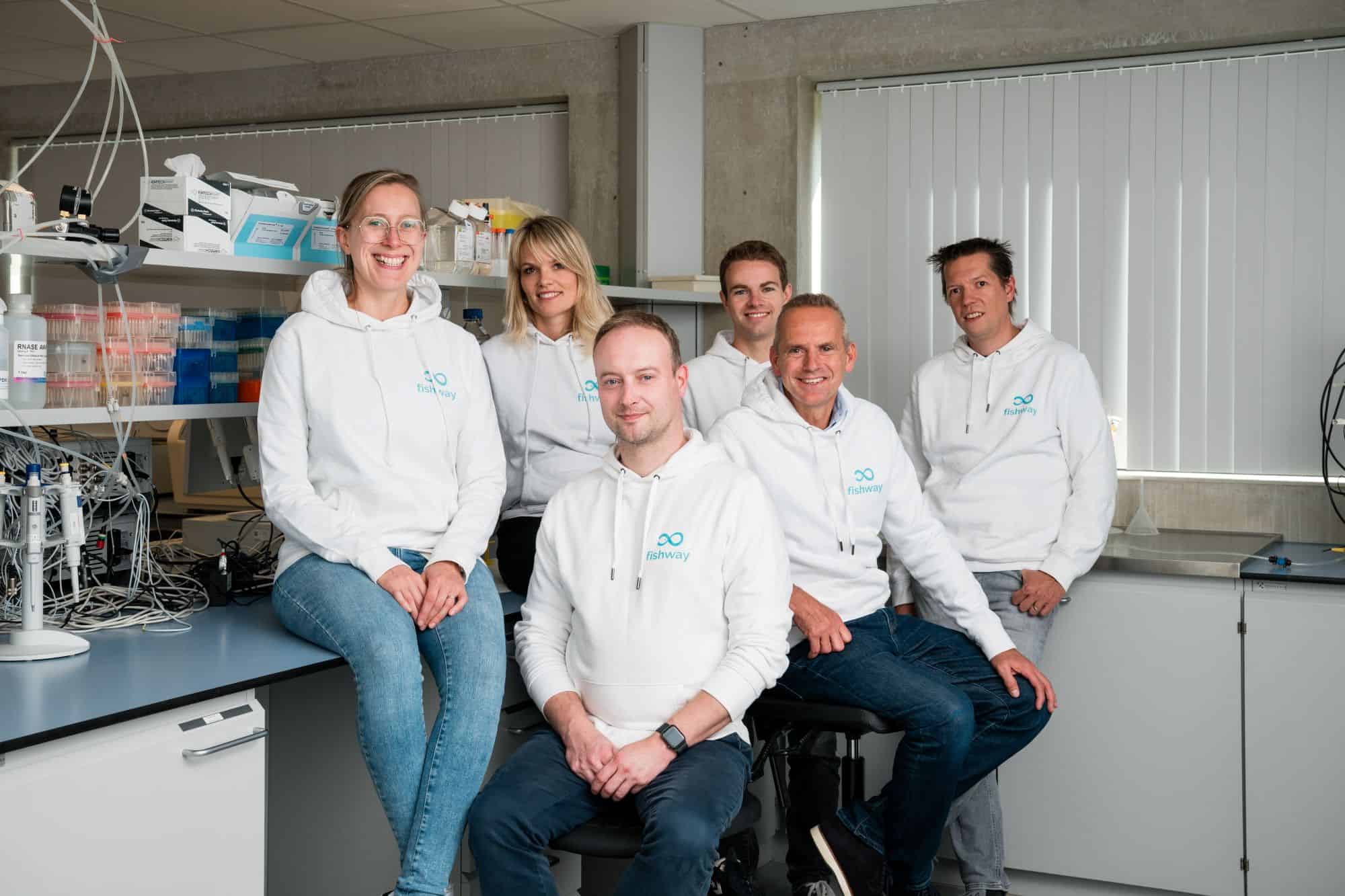A new report by VTT Technical Research Center of Finland, Natural Resources Institute Finland, and the University of Helsinki has investigated the state of cellular agriculture in the country.
At the request of the Ministry of Agriculture & Forestry and Business Finland, the authors list eight recommendations for policymakers, which include making investments in production-scale infrastructures and expediting and streamlining the EU’s regulatory process.
According to the report, cellular agriculture is strategically important because it could boost economic growth, increase food self-sufficiency, and improve the strategic autonomy of Finland, along with the EU as a whole. The export potential for Finland is reported to be €500-1000 million by 2035, while infrastructure investments could open up opportunities for billions in exports of equipment, technology, and expertise.

“At the forefront of development”
However, government action will be needed to make this vision a reality. The report proposes launching a five-year, €100 million research, development, and innovation program to accelerate the sector in Finland, along with making EU market entry easier for novel foods.
The authors also suggest that the abundance of carbohydrate-rich side streams generated in Finland, such as straw, sawdust, wood chips, and grass biomass, could be used as feedstocks for cellular agriculture. They calculate that if more than half of the straw were used as a sugar source for cell factories, the produced microbial protein would be enough to meet the entire annual protein needs of Finns.
“Compared internationally, Finland is at the forefront of development, but now it is important to take action and realize the predicted growth opportunities for the sector,” said Teija Lahti-Nuuttila, Executive Director at Business Finland. “Finnish companies should recognize their strengths as part of emerging new value networks and build their competitiveness in the long term together with research organizations. Business Finland is already currently funding ambitious cellular agriculture RDI projects, so there is no need to wait for a separate program.”

New business opportunities
The report’s full list of eight recommendations is as follows:
- Accelerate investments in infrastructure
- Expedite EU-level regulatory processes
- Launch an RDI program
- Establish a Ministry of Future Food
- Secure future experts for the sector
- Support consumer communication and enable public tastings
- Integrate primary production into cellular agriculture value chains
- Target support functions for exports.
“The future food system will be based on the interplay between modern agriculture and cellular agriculture, utilizing circular economy solutions,” said State Secretary Päivi Nerg from the Ministry of Agriculture and Forestry. “This development brings many new business opportunities for Finland and the food system actors. We must identify the necessary change paths and ensure that measures consider the entire chain, from farmers to consumers and other stakeholders.”




